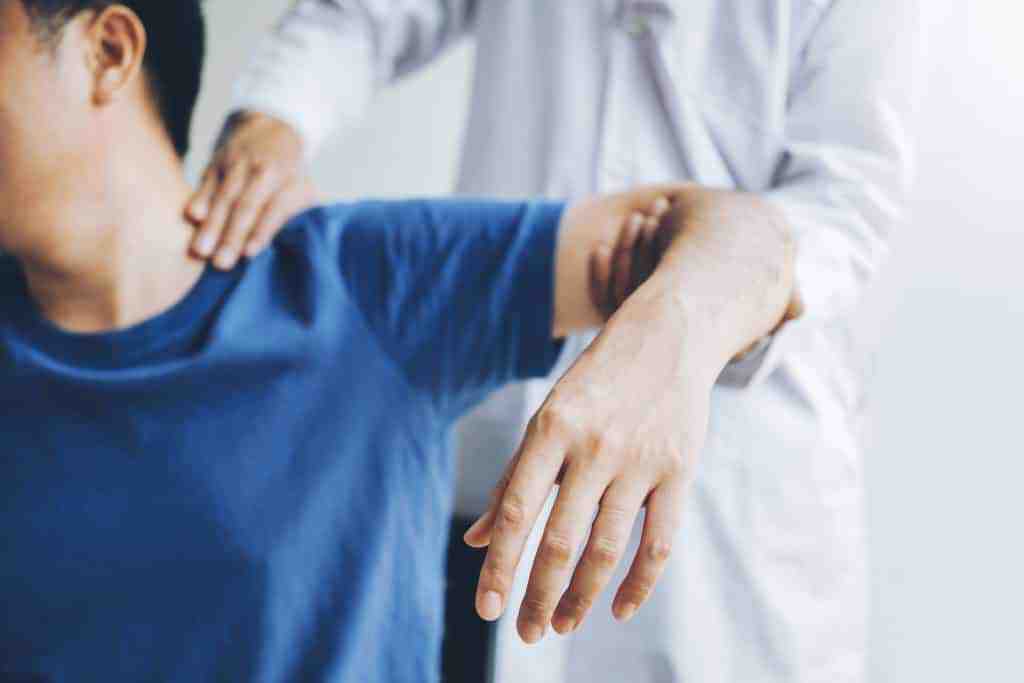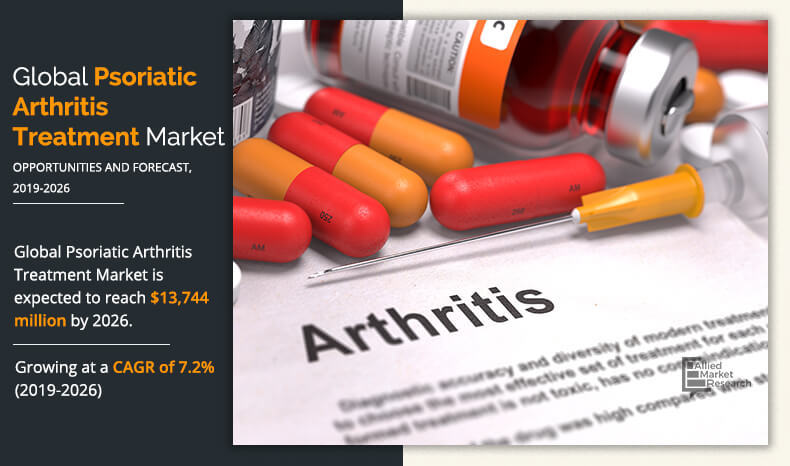Arthritis
Conditions
What is Arthritis?
Arthritis means inflammation of one or more joints in the body. A joint is an area where two or more bones make contact and move against each other. The underlying cause varies with specific types of arthritis.
There are over 100 forms of arthritis with the two most common being osteoarthritis and rheumatoid arthritis.

What are the symptoms of Arthritis?
Joint and inflammation symptoms occur in most types of arthritis and rheumatic disease. These include joint pain, stiffness, swelling, limited range of motion, redness, fever, fatigue, malaise, and lumps and bumps.
While joint symptoms are considered the primary characteristic of arthritis, certain rheumatic diseases may affect other parts of the body. For example, connective tissue (found in tendons, muscles, and skin) can be affected. Certain rheumatic conditions may also affect internal organs. The extra-articular manifestations and systemic effects may result in debilitating or even life-threatening complications.

What causes Arthritis?
The causes and risk factors for each of the 100 different forms of arthritis differ. For most forms, it is believed that there are overlapping factors that increase the risk of developing the condition.
Broadly, arthritis types can be broken into four categories related to the mechanisms that lead to joint inflammation:
Degenerative arthritis
The most common type of arthritis is osteoarthritis, in which the cartilage that cushions the bones in the joints is destroyed. This is often related to age, overuse, or injury.
Inflammatory Arthritis
An autoimmune process where your immune system mistakenly attacks your joints and other tissues. Rheumatoid arthritis and psoriatic arthritis are the most common forms. Genetics and environmental factors may play a role in developing these conditions.
Metabolic Arthritis
Problems clearing uric acid from the body can cause gout.
Infectious (Septic) Arthritis
When bacteria or a virus infects the fluid surrounding a joint or the joint itself, arthritis (localized to that joint) can result.

What are treatments for Arthritis?
Treatments will vary, depending upon what type of arthritis you suffer from.
Platelet-rich plasma (PRP) injection contains a concentration of many different growth factors that appear to reduce inflammation and promote healing.
Stem Cell Therapy is minimally invasive. It’s a procedure that can decrease inflammation, slow and repair all these forms of damage from arthritis, and delay or prevent surgery.
Microcurrent Therapy helps injured tissue heal faster and provides relief from pain caused by injury or chronic conditions. Your body has a natural electrical current that provides intercellular communication through electromagnetic signaling. When you have an injury, this signaling is disrupted or diminished. Without the proper electromagnetic signals, your cells cannot do their job efficiently.

